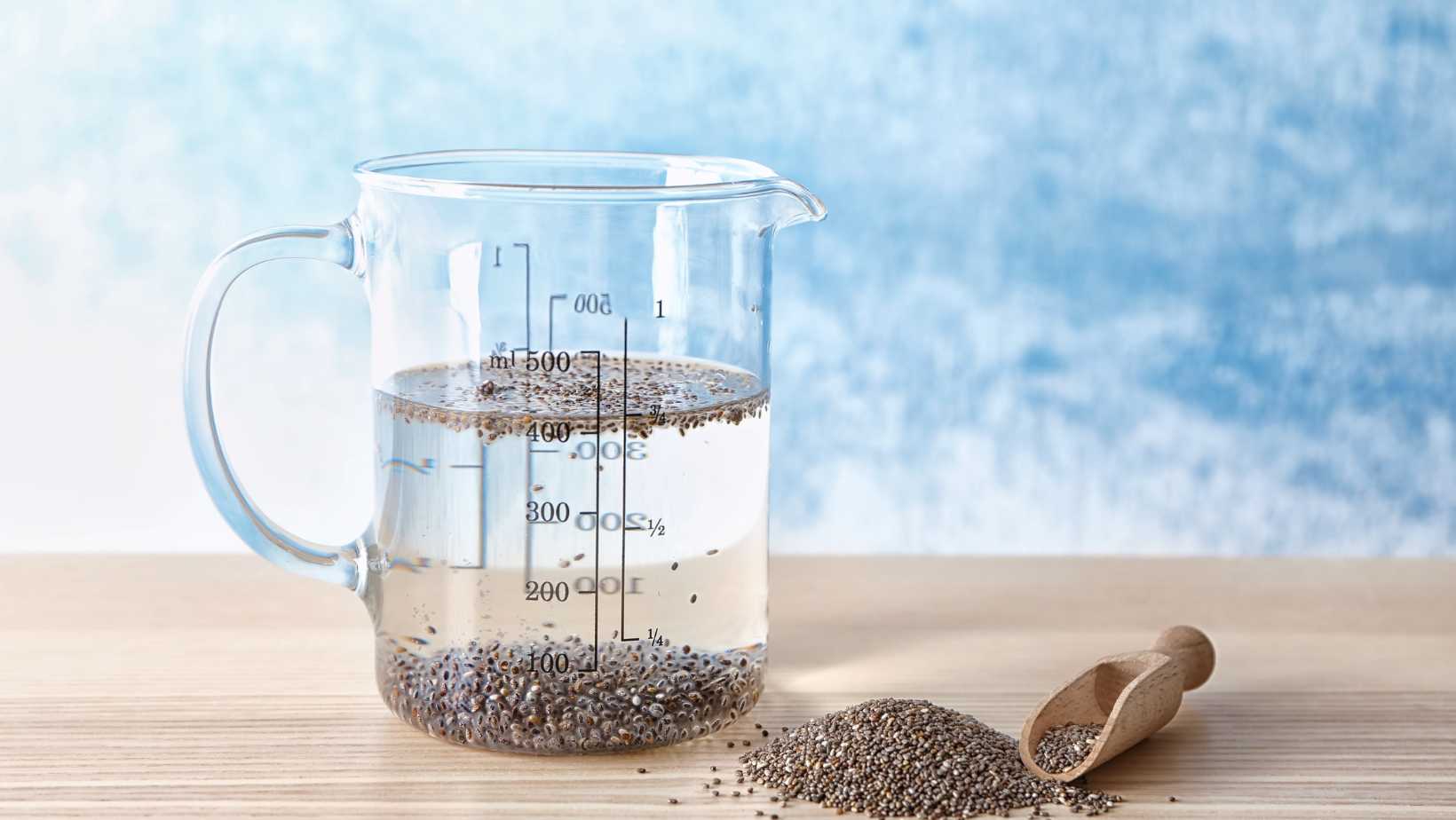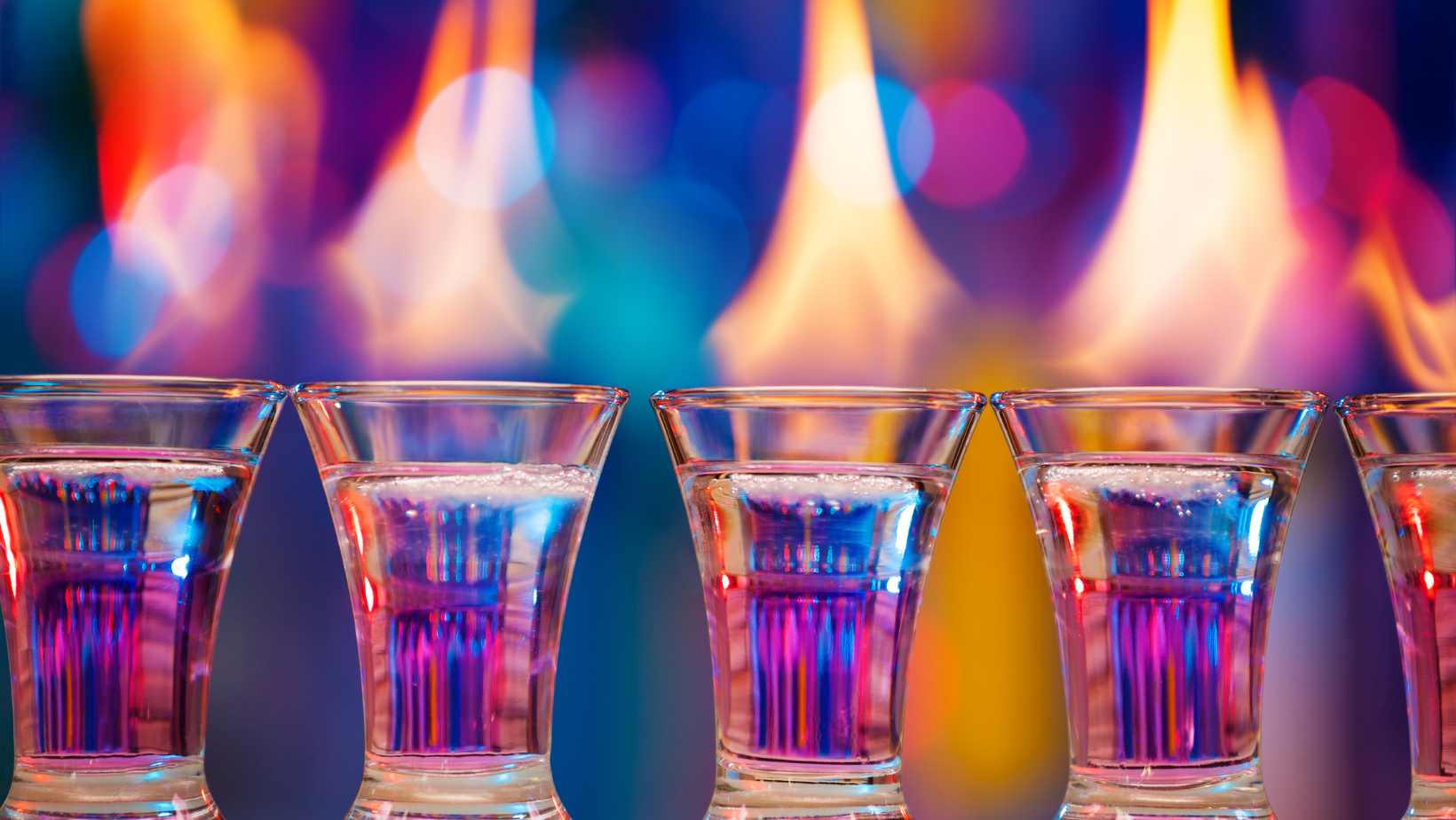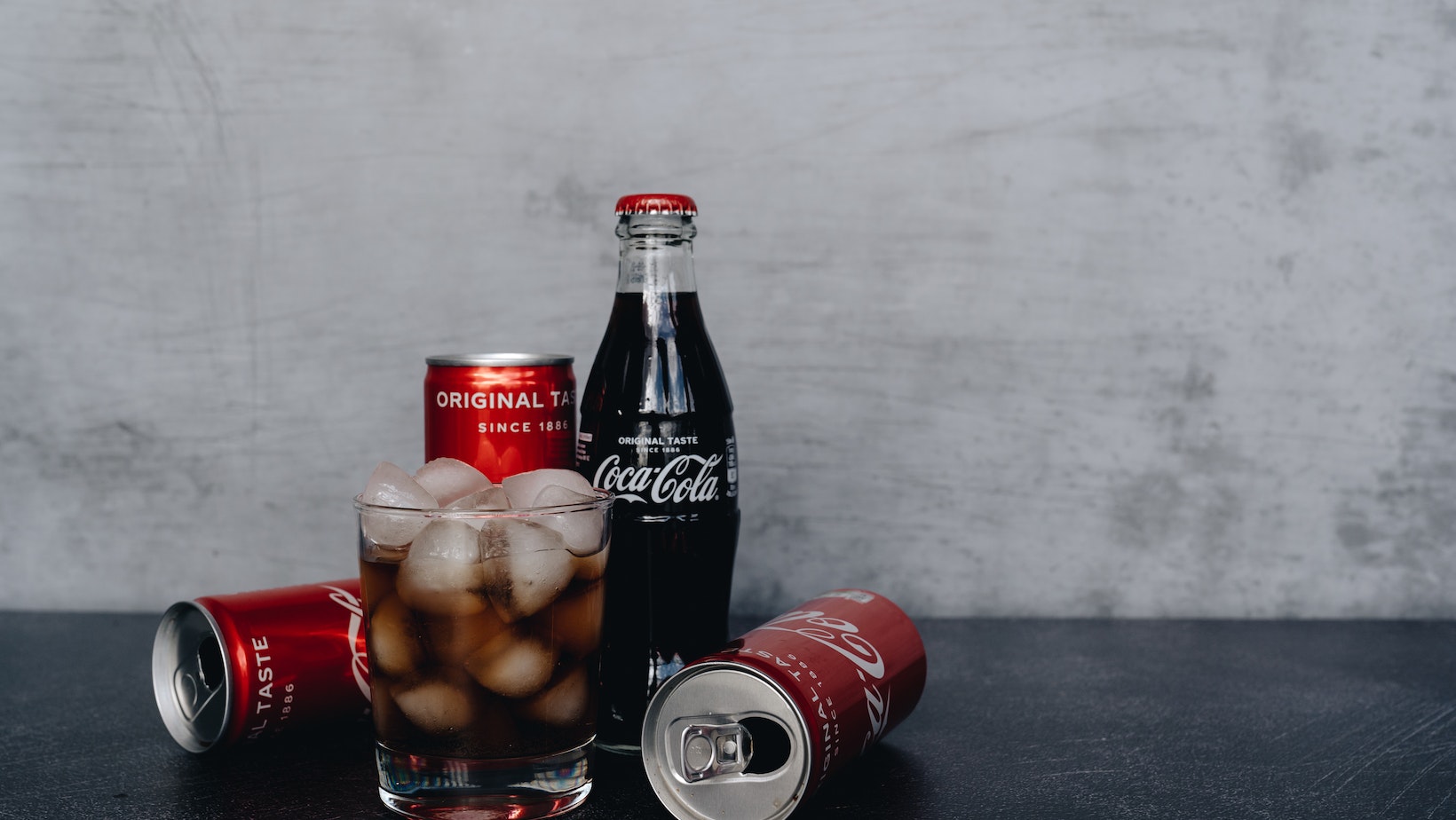How Many ML in a Gallon of Water: The Surprising Answer

As an expert, I’m often asked about the conversion of different units of measurement. One common question that arises is “How many ml are in a gallon of water?” Well, let me break it down for you. In the United States, a gallon is equal to approximately 3,785 milliliters (ml). So, if you’re looking to convert gallons to milliliters specifically for water, you’ll find that there are roughly 3,785 ml in one gallon.
Understanding this conversion can be quite useful in various scenarios. For instance, if you’re trying to measure out a specific amount of water for cooking or scientific experiments and your recipe or experiment uses metric measurements like milliliters instead of gallons, knowing how many ml are in a gallon will come in handy. By multiplying the number of gallons by 3,785, you can easily determine the equivalent amount in milliliters.
How Many ML in a Gallon Water
Converting Milliliters to Gallons: A Step-by-Step Guide
When it comes to converting milliliters (ml) to gallons, understanding the process can help you make accurate measurements and calculations. Let’s break it down step-by-step:
- Know the Conversion Factor: The conversion factor for milliliters to gallons is 3785.41. This means that there are approximately 3785.41 milliliters in a gallon.
- Determine the Number of Milliliters: First, identify the quantity in milliliters that you want to convert into gallons.
- Apply the Conversion Formula: To convert milliliters to gallons, divide the number of milliliters by 3785.41
Understanding the Conversion Ratio: ML to Gallon
The conversion ratio between milliliters and gallons provides a clear relationship between these two units of measurement. As mentioned earlier, there are approximately 3785.41 milliliters in one gallon.
This conversion ratio helps maintain consistency when working with different liquid volumes across various contexts such as cooking recipes, scientific experiments, or fluid measurements for industrial purposes.
By understanding this ratio, you can easily convert quantities from one unit to another without confusion or errors in your calculations.
Common Conversions: Milliliters to Gallons
Knowing common conversions from milliliters to gallons can be helpful for everyday tasks or when dealing with standard measurements:
- 1 gallon = 3785.41 milliliters
- 1 liter ≈ 0.264 gallons (or about a quarter of a gallon)
- 1 cup = approximately 236.59 milliliters or 0.0625 gallons
These conversions can be particularly useful when following recipes that use different units of measurement or when comparing volumes across different systems.

Uses For Gallons And Milliliters in Daily Life
As someone who has always been curious about measurements, I often find myself pondering the different uses of gallons and milliliters in daily life. It’s fascinating how these two units of measurement serve distinct purposes and are utilized in various contexts. Let’s explore some common applications where gallons and milliliters play a significant role:
- Cooking and Baking: When it comes to following recipes, precision is key. Many recipes provide measurements in both gallons and milliliters to accommodate different preferences or regions. While gallons are more commonly used for larger quantities like stocks or soups, milliliters come in handy for smaller amounts such as flavorings or spices.
- Hydration on the Go: Staying hydrated is essential, especially when you’re out and about. Bottled water is often labeled with its volume in both gallons and milliliters, making it easier for consumers to choose the right size based on their needs. Whether you prefer a gallon-sized jug for sharing or a compact bottle measured in milliliters, having options ensures convenience.
- Fueling Up: If you own a vehicle, you’re likely familiar with tracking fuel consumption. Gasoline stations display prices per gallon while car manufacturers typically indicate fuel efficiency using miles per gallon (MPG). On the other hand, automotive fluids such as engine oil or coolant may require measuring small quantities using milliliters.
- Gardening and Irrigation: For green thumbs, understanding measurement conversions between gallons and milliliters can be incredibly helpful when tending to plants or planning irrigation systems. Whether you’re calculating how much water your garden needs each day or mixing fertilizers using precise ratios, being knowledgeable about these measurements ensures optimal plant health.
- Medications and Dosages: In the medical field, accuracy is critical when administering medications to patients. Healthcare professionals rely on precise measurements provided in milliliters for liquid medications. Conversely, larger volumes of intravenosu fluids may be measured in gallons to ensure proper hydration and treatment.
Understanding the conversions between gallons and milliliters allows us to navigate various aspects of daily life more effectively. While gallons are commonly used for larger quantities, milliliters provide precision when dealing with smaller amounts. Whether it’s cooking, staying hydrated, fueling up our vehicles, tending to plants, or administering medications, these measurements play a vital role in ensuring accuracy and convenience.




